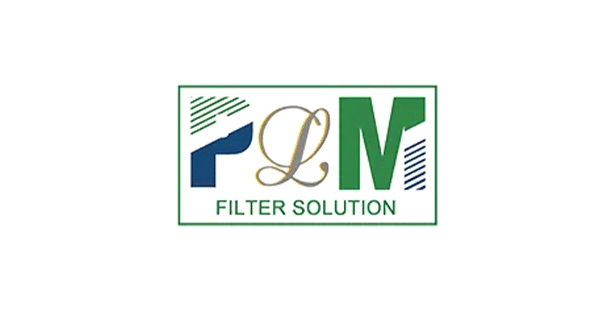Nov . 24, 2024 21:31 Back to list
Effective Use and Applications of Hot Melt Adhesives in Modern Manufacturing Processes
Understanding Hot Melt Adhesives Composition, Applications, and Benefits
Hot melt adhesives (HMAs) have transformed the landscape of bonding materials across various industries. These versatile adhesives are widely used due to their unique properties and adaptability. In this article, we will explore the composition, applications, and benefits of hot melt adhesives.
Composition of Hot Melt Adhesives
Hot melt adhesives are thermoplastic materials that are typically composed of three main components polymers, additives, and a tackifier. The primary polymer provides the structural integrity and bonding capacity of the adhesive. Commonly used polymers include ethylene-vinyl acetate (EVA), urethane, and polyolefin, each offering varying degrees of flexibility, strength, and temperature resistance.
Additives enhance the performance characteristics of the adhesive, such as improving its flow properties, reducing viscosity, and increasing durability. Tackifiers are crucial in modifying the adhesion properties of the polymer; they help increase the stickiness and bond strength, allowing the adhesive to bond firmly upon application.
Applications of Hot Melt Adhesives
The applications of hot melt adhesives are vast and varied, cutting across multiple industries. Some of the notable applications include
1. Packaging In the packaging industry, hot melt adhesives are extensively used for carton sealing, case erecting, and labeling. Their rapid setting time and bond strength make them ideal for high-speed production lines.
2. Automotive HMAs are employed in the automotive industry for bonding various components. From attaching interior trim to securing headlights, hot melt adhesives provide reliable adhesion that withstands vibrations and temperature fluctuations.
3. Textiles In textile manufacturing, hot melt adhesives are used for fabric bonding, lamination, and creating non-woven products. Their flexibility and durability make them suitable for clothing, upholstery, and home textiles.
4. Electronics Hot melt adhesives are also utilized in the electronics industry for potting and encapsulation of components as well as for securing parts in assembly applications. Their insulating properties are beneficial in protecting sensitive electronic parts.
hot melt adhesive

5. Woodworking In the woodworking sector, HMAs are used for edge banding, assembly, and veneering. Their strong bond and quick curing allow for efficient production processes.
Benefits of Hot Melt Adhesives
The advantages of hot melt adhesives are numerous, which contributes to their popularity
1. Fast Setting Time One of the primary benefits of hot melt adhesives is their quick setting time. They achieve initial bond strength almost instantly upon cooling, making them ideal for fast-paced production environments.
2. Versatility HMAs can bond a wide variety of substrates, including plastics, metals, wood, and textiles. This versatility makes them suitable for diverse applications, providing manufacturers with a one-stop solution for their adhesive needs.
3. Cost-Effectiveness Hot melt adhesives often come in bulk and can reduce production costs due to their efficiency and speed. The reduced need for curing time accelerates the manufacturing process, which can lead to significant savings.
4. No Solvents Unlike some other adhesives, hot melt adhesives do not contain solvents, making them more environmentally friendly and safer for use in closed environments. Their low volatile organic compound (VOC) emissions are a significant advantage in today’s eco-conscious market.
5. Ease of Use Hot melt adhesives are easy to apply using various dispensing methods, including guns, rollers, or automated systems, enhancing their usability across different applications.
Conclusion
In conclusion, hot melt adhesives are a critical component in modern manufacturing processes, offering an efficient, versatile, and cost-effective solution for bonding materials. Their rapid set times and broad application range have made them an indispensable tool in industries ranging from packaging to electronics. As technology advances and new formulations emerge, the significance of hot melt adhesives will only continue to grow, driving innovation in bonding and assembly techniques.
-
OEM PLXB-1 PU Pack Trimming Machine - High Precision, Durable, Cost-Effective Solutions
NewsJun.10,2025
-
High-Performance In Line Fan Filter Trusted In Line Fan Filter Company & Products
NewsJun.10,2025
-
High-Efficiency Water Filter Making Machine Reliable Companies & Products
NewsJun.10,2025
-
Premium Metal Fuel Filter Durable & Efficient for Engine Protection
NewsJun.10,2025
-
Premium OEM 304 Rimmed Filter Disc Custom Stainless Steel Filters
NewsJun.10,2025
-
China PP Air Filter Production Line Automated & High-Efficiency Solutions
NewsJun.10,2025
